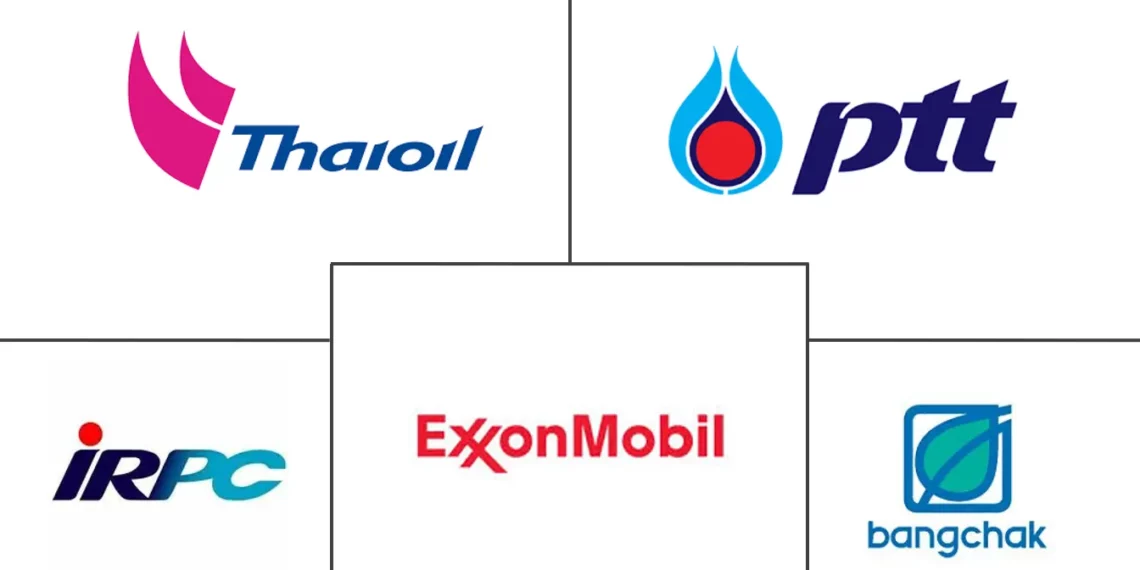No products in the basket.
Thailand is considered a prominent player in the oil and gas industry in the Southeast Asia (SEA) region. The Thai oil and gas industry is a major contributor to the energy market in Southeast Asia and is currently facing various challenges that are influencing its future.
Key Takeaways
- Thailand’s oil and gas industry is growing due to economic expansion, increased investment in exploration and production, and the expansion of refining capacities.
- Key players in the industry include PTT Public Company Limited, Chevron Corporation, Exxon Mobil Corporation, TotalEnergies SE, and MedcoEnergi, shaping the competitive landscape.
- Challenges such as declining domestic gas production, volatility of global oil prices, transition towards renewable energy sources, and environmental regulations pose significant hurdles for the industry’s future development.
One of the challenge is the decline in domestic gas production, which has been exacerbated by ongoing reserve depletion. This has led to an increased reliance on imported gas, primarily from Malaysia and Myanmar, to meet the country’s power generation needs. The fluctuating global energy markets and the push towards renewable energy sources also pose strategic challenges for the industry, as it must balance between maintaining traditional operations and investing in sustainable alternatives.
According to data provided by Mordor Intelligence, the Oil and Gas Downstream market in Thailand is expected to generate 1.42 million barrels per day in 2024 and is expected to reach 1.60 million barrels per day by 2029, growing at a CAGR of 2.26% from 2024-2029.
Support authors and subscribe to content
Subscribe to read the entire article.
Login if you have purchased
Discover more from Thailand Business News
Subscribe to get the latest posts sent to your email.














